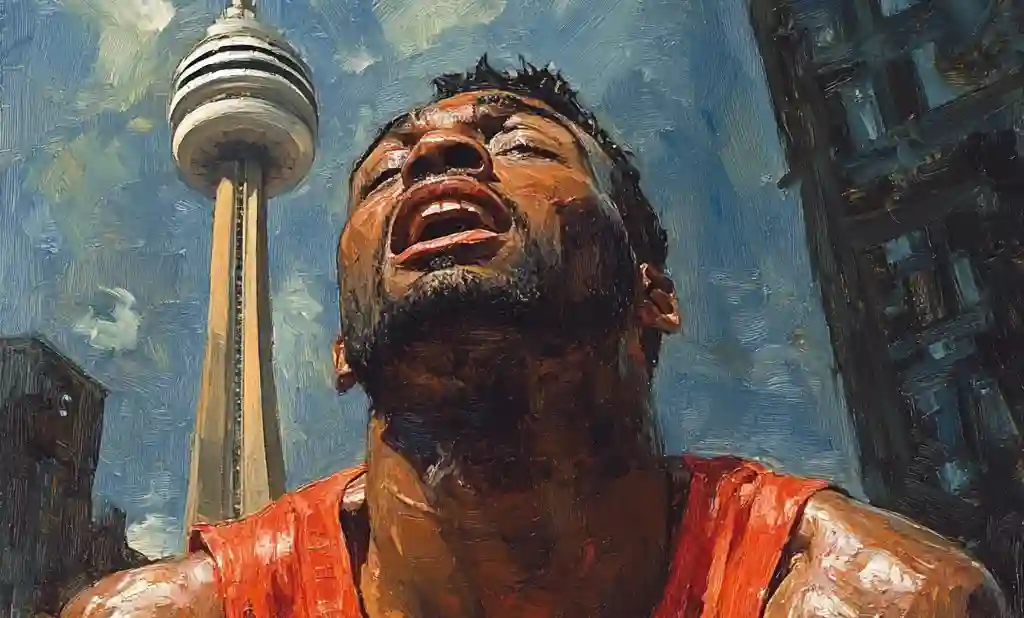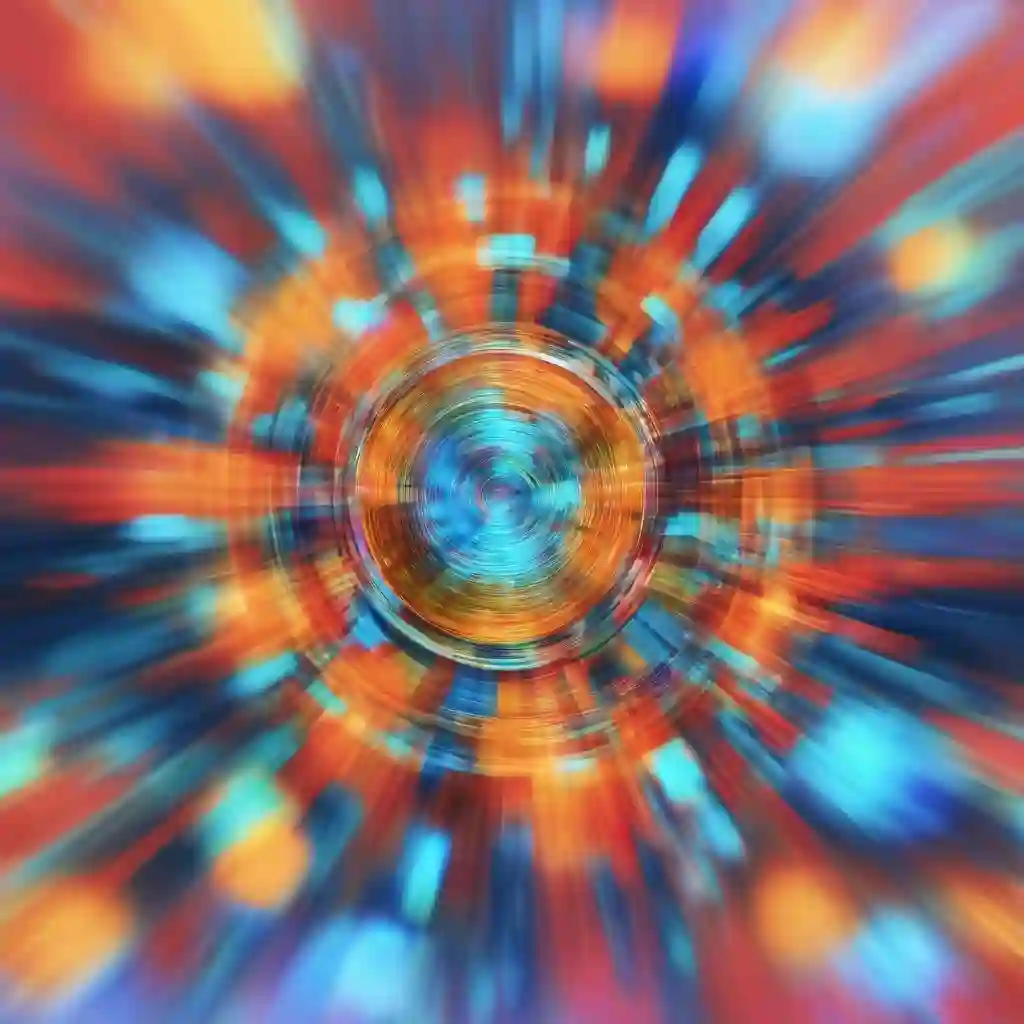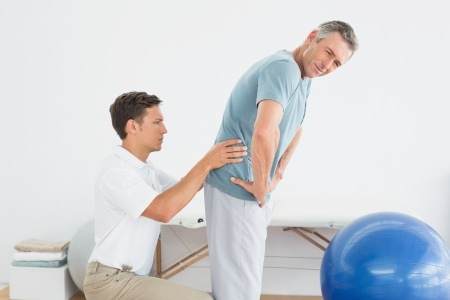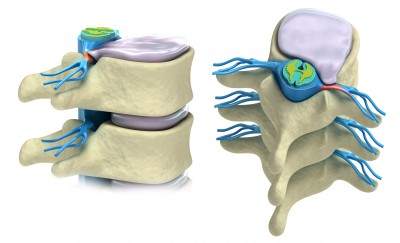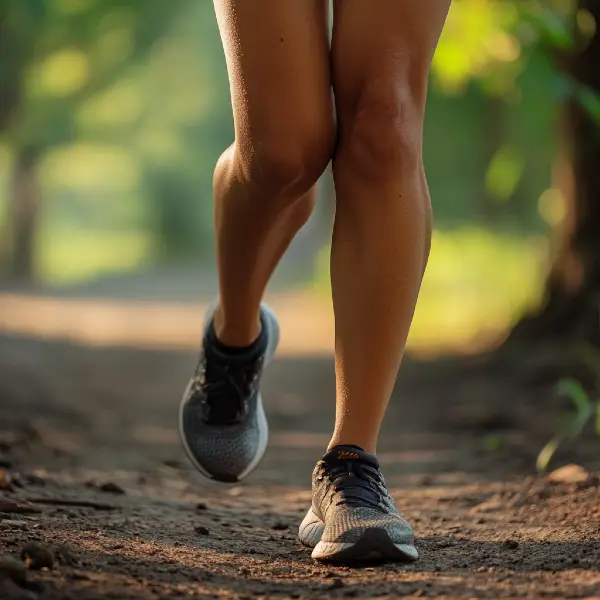6 Spinal Stenosis Exercises To Help You Walk Longer
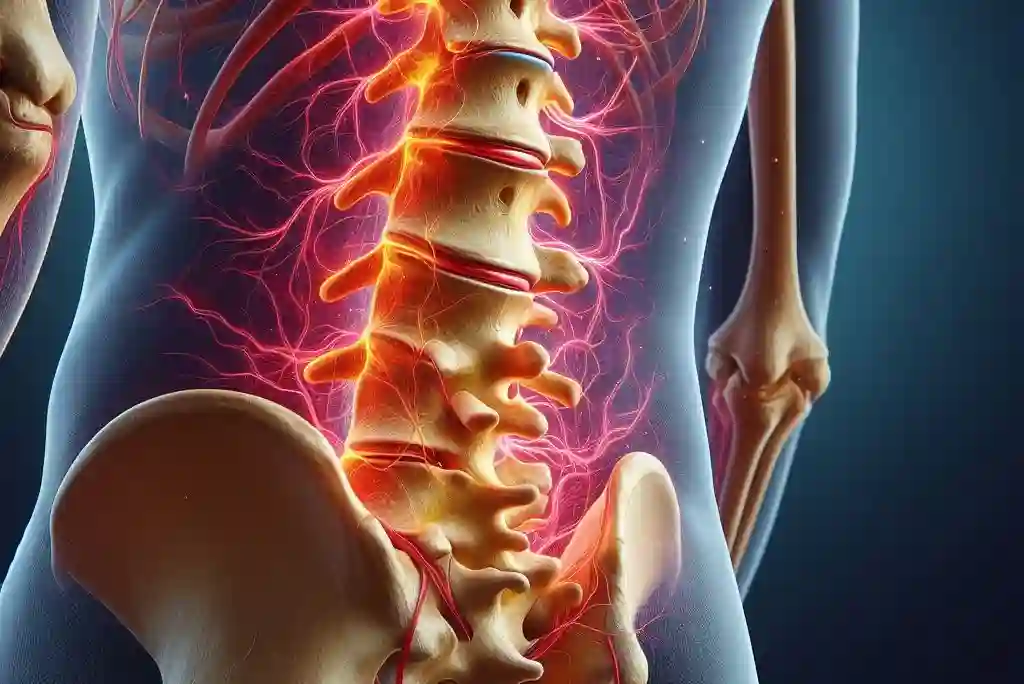
Living with spinal stenosis in the lumbar region often means dealing with persistent lower back, buttock, thigh, and leg pain. This condition can significantly limit your ability to walk or stand for more than a few minutes at a time, compelling many to seek relief by bending over or sitting down to reduce discomfort. If you’re searching for ways to manage your symptoms and enhance your mobility, you’re in the right place. This guide introduces targeted spinal stenosis exercises designed to alleviate pain and improve your quality of life.
Understanding Spinal Stenosis and Exercise Benefits
Before diving into the exercises, it’s important to recognize that while spinal stenosis—a narrowing of the spaces within your spine—cannot be cured through exercise alone, the right physical activities can be crucial in managing your symptoms. Regular, tailored exercise can significantly reduce pain and increase your functional capabilities, such as extending the time you can walk without pain.
Tailored Exercises for Spinal Stenosis
Engaging in specific exercises can make a noticeable difference in how you manage spinal stenosis. These exercises aim to improve flexibility, strengthen the muscles supporting your spine, and enhance your endurance, potentially doubling or even tripling your walking time without discomfort.
Key Benefits:
- Reduced Symptoms: Regularly practising these exercises can decrease the intensity of pain and discomfort associated with spinal stenosis.
- Improved Mobility: Enhance your ability to perform daily activities with less pain, potentially increasing your walking duration from 10 minutes to an impressive hour.
- Better Quality of Life: With decreased pain and increased mobility, you’ll find it easier to enjoy life and engage in activities you love.
Deciphering Sciatica: Disc Herniations vs. Spinal Stenosis – Unveiling the Source of Your Pain
Why won’t the Spinal Stenosis Exercise cure me?
Unfortunately, no amount of spinal stenosis exercises will cure spinal stenosis. The exercises only allow better function, like walking and also decrease pain and numbness but the exercises won’t do anything to help the cause of the problem.
Piriformis Syndrome: The Best 6 Exercises To Help Your Hip & Butt Pain
Cure for Spinal Stenosis
You might then ask well what’s the cure? The answer is for most of you there is no cure unless you consider surgery. Surgery does decrease symptoms and improve function for some people but not for those with damaged nerves. Also, many people who improve regress again as the degenerative process continues.
What is Spinal Stenosis?
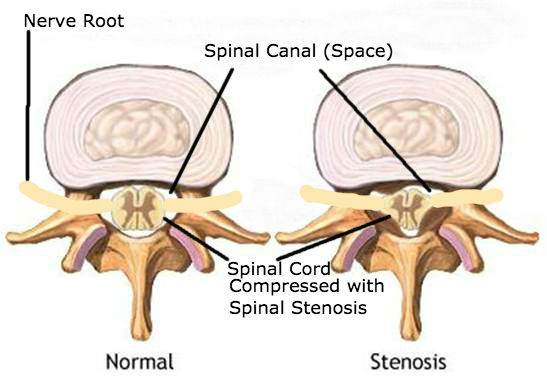
What is Spinal Stenosis? Understanding the Basics
Spinal stenosis is a condition characterized by the narrowing of spaces within your spine. This narrowing can occur in areas where the spinal cord itself or the nerve roots branching off the spinal cord are located. Imagine the spinal cord as a vital pathway running through the spine’s protective tunnel. In a healthy spine, this tunnel provides ample room for the spinal cord and nerves. However, when stenosis occurs, this space shrinks, leading to compression of the spinal cord or nerves.
Visualizing Spinal Stenosis
If we could look inside the spine, as depicted in the illustration above, we’d see a clear difference between a healthy spine and one affected by stenosis. In a spine with stenosis, the once spacious canal that houses the spinal cord becomes constricted. This compression is evident when comparing the available space around the spinal cord in a normal spine versus one with stenosis. Essentially, spinal stenosis squeezes the spinal cord and nerves, leading to various symptoms depending on the severity and location of the narrowing.
The Impact of Spinal Stenosis
This narrowing can lead to discomfort, pain, and other symptoms because it puts pressure on the spinal cord and nerves. The severity of symptoms often depends on the degree of compression. Understanding spinal stenosis is crucial for recognizing the symptoms and seeking appropriate treatment or management strategies.
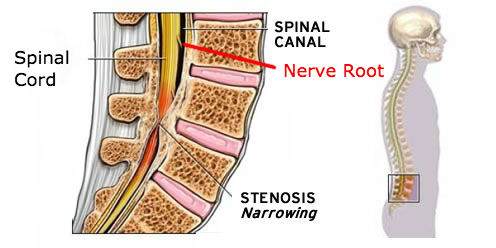
Now, look at the nerve roots. The space where the nerve roots travel can also be narrowed. When the nerve root is narrowed this is called lateral stenosis. Lateral means the side.
When the spinal cord is affected it’s called central stenosis. It’s central because the spinal cord is in the centre compared to the nerve roots. So spinal stenosis means both lateral stenosis and central stenosis.
When will I be better?
The exercises are designed to improve how you feel. If you do the exercises properly, with enough frequency and are persistent every day of the two weeks you may start to feel a difference. Others may take a month or more.
Spinal Stenosis Exercises
1. Sitting Toe Touches
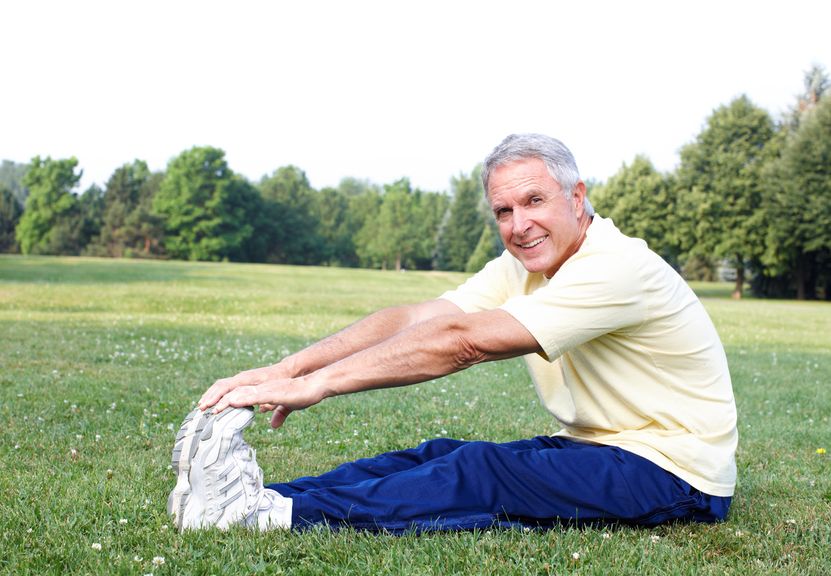
- Both feet together, legs in front
- Reach for your toes. Hold for 1 sec
- Repeat 10x. Do 3 sets of 10.
2. Child Pose
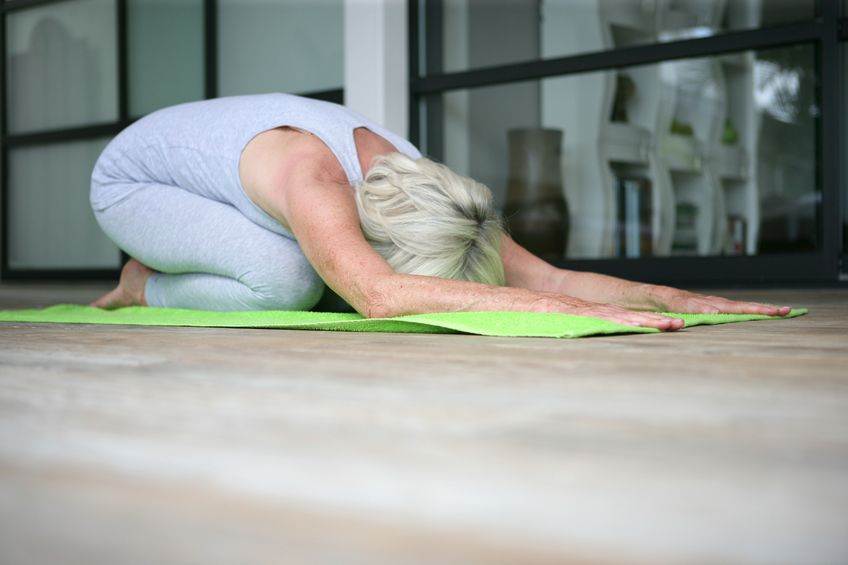
- Kneel on the floor.
- Bring your buttock down as far down as it will go. Try to touch your heels to your buttock.
- Reach forward with both your hands.
3. Straight Leg Raise
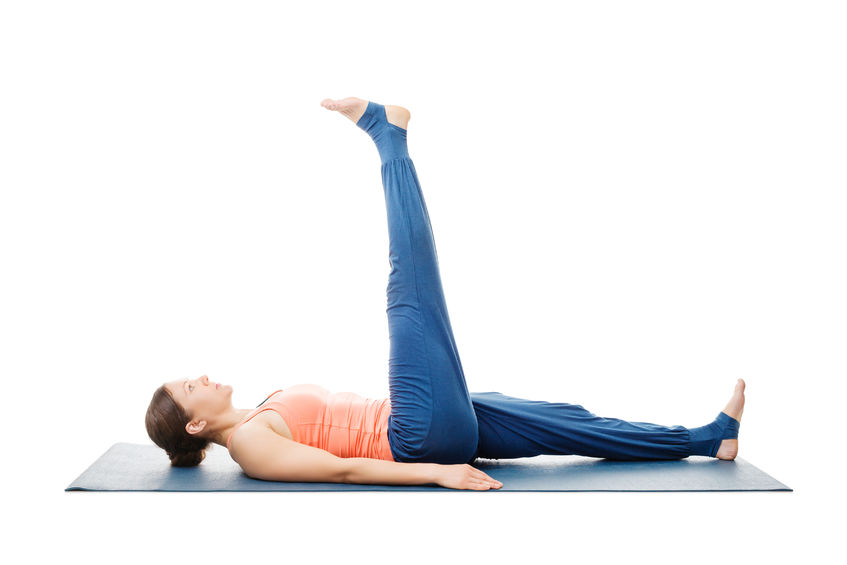
- Lie down face up on the floor.
- Both hands by your side.
- Raise one leg as high as possible
- Use a towel if you need to bring the leg as high as possible.
- go right over towards your head.
- Bring your legs as far up as they will go.
4. Downward Dog
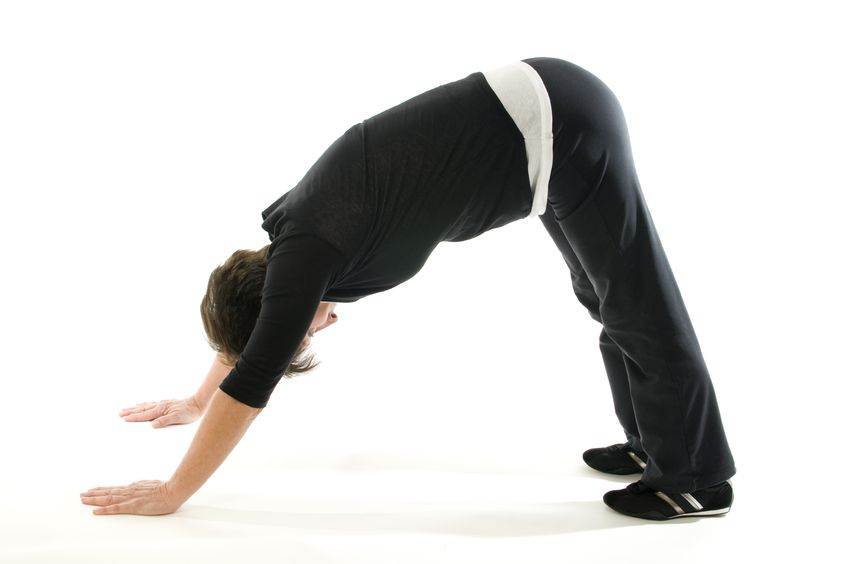
*If you have balance problems start from the floor then go up into this position
- Standing straight up.
- Hands up in the air then bring your hands downwards towards the floor.
- Get into a “V” shape and hold.
5. Toe Touches
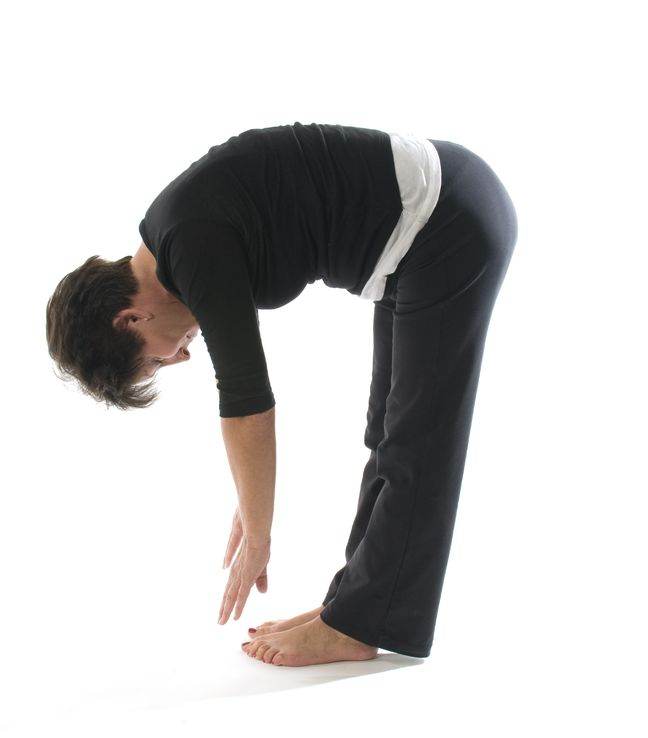
- Standing straight up.
- Hands up in the air then bring your hands downwards towards the floor.
- Go as far as you can towards the floor.
Don’t do other Yoga positions as they will aggravate spinal stenosis.
Feel free to share your questions, thoughts and experiences in the comments below, and don’t forget to connect with us on Facebook for more updates and tips on improving your lower back health. We’d also, love to hear your opinions on who you consider the best Toronto chiropractor in the comments below.
Research
- Carlo Ammendolia, Raja Rampersaud, Pierre Cote, Brian Budgell, The Evaluation of Four Novel Self Management Strategies to Improve Walking Ability in Neurogenic Claudication due to Degenerative Lumbar Spinal Stenosis.



